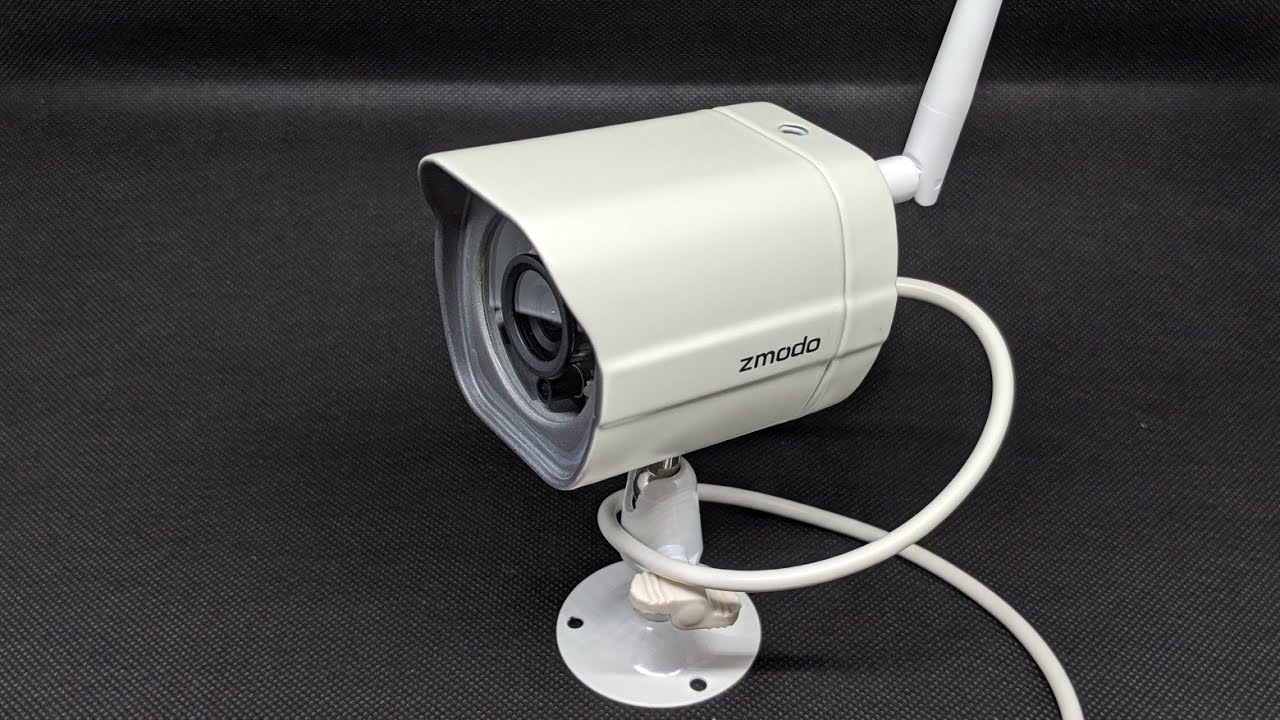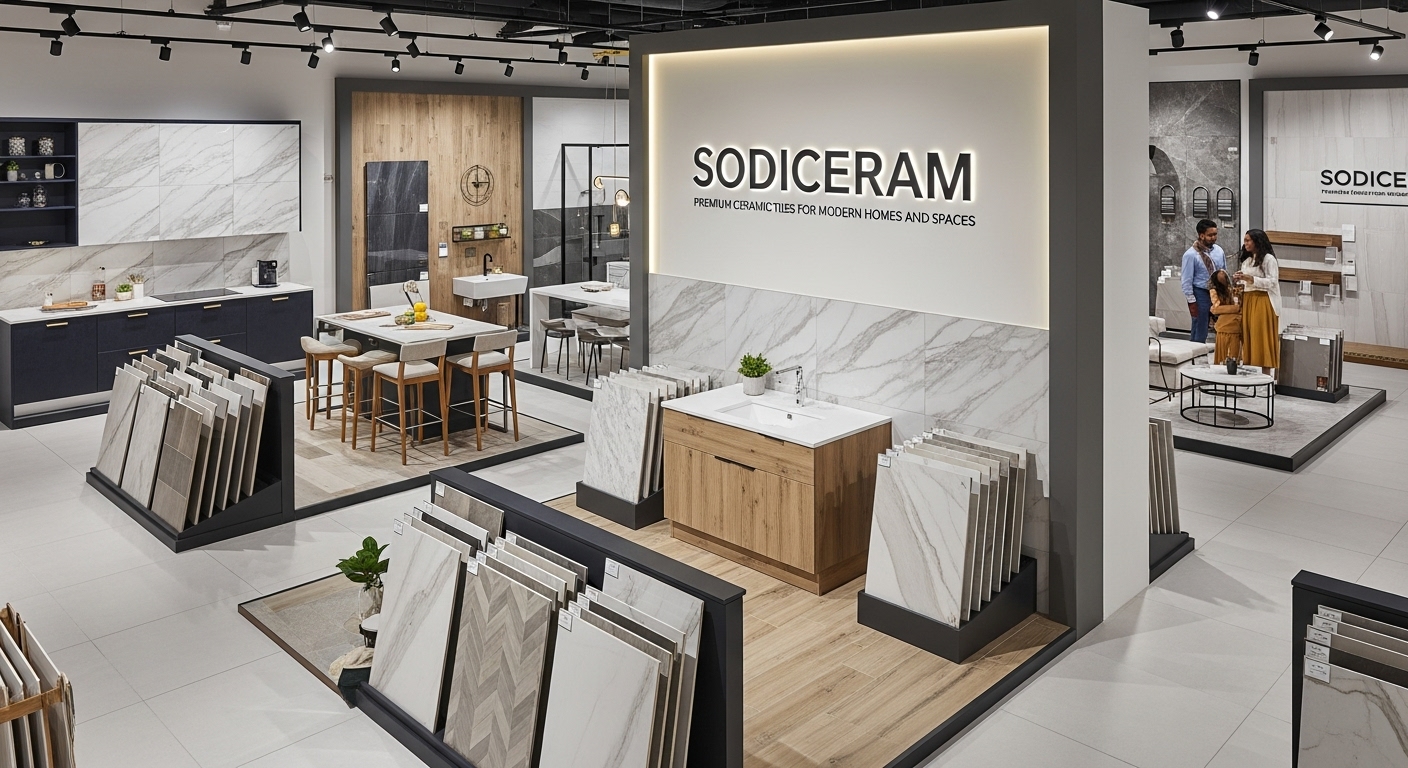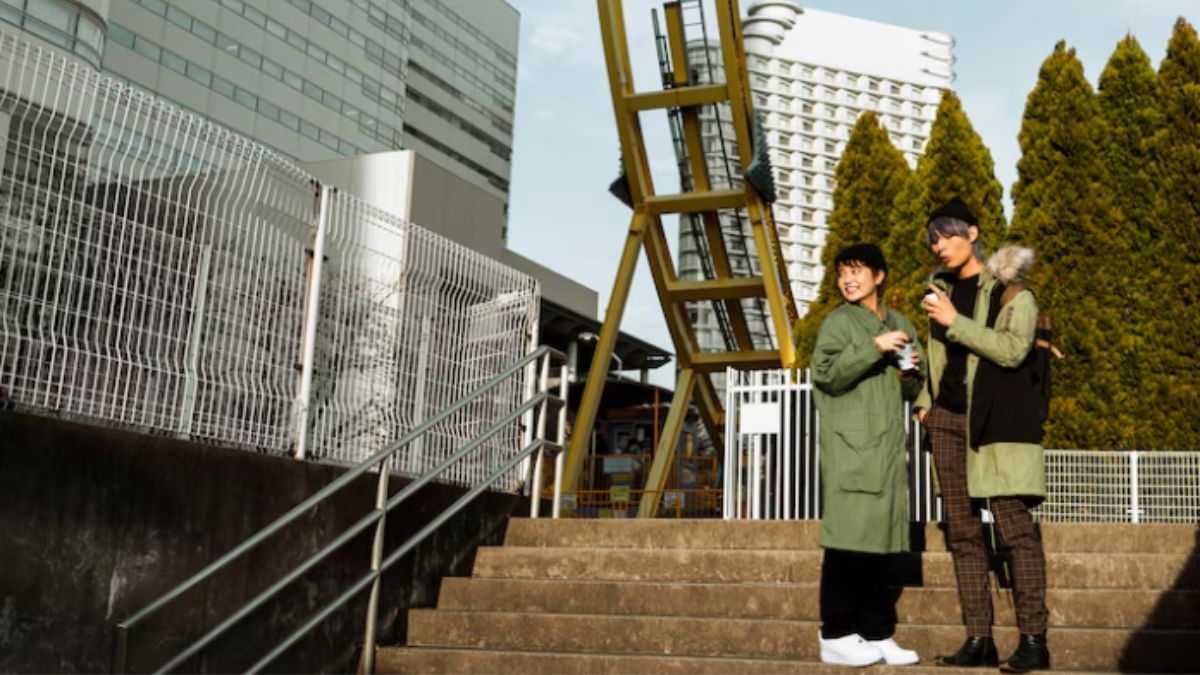Introduction
Security and smart automation have never been more interconnected. With the rise of versatile camera brands like Zmodo, and open platforms such as Scrypted and Shinobi CCTV, users now have full control over their surveillance and smart home integrations. This guide explores in great depth how to set up and manage a Zmodo camera using both Scrypted for smart automation and Shinobi for a robust CCTV solution. Whether you’re new to home security systems or upgrading an existing setup, this guide will help you every step of the way.
Understanding Scrypted, Zmodo, and Shinobi CCTV
Scrypted is a powerful and modern home automation platform that bridges the gap between traditional IP cameras and smart home systems like HomeKit, Alexa, Google Home, and Home Assistant. It allows seamless integration of RTSP and ONVIF cameras, making it a perfect choice for modern users.
Zmodo is a widely used security camera brand known for its affordability, decent video quality, and availability in both analog and IP formats. Many Zmodo models support RTSP streaming, which is key for integration with third-party systems.
Shinobi CCTV, on the other hand, is an open-source, Linux-based NVR (Network Video Recorder) platform that gives users in-depth control over video feeds, motion detection, event storage, and alert systems. Its strength lies in its flexibility and support for multiple camera types and encoding options.
Together, using the Scrypted Zmodo Camera Shinobi CCTV setup allows users to gain the best of both worlds—smart home compatibility and powerful surveillance recording.
Preparing Your Zmodo Camera for Integration
Before you can link your Zmodo camera with either Scrypted or Shinobi, some important steps must be taken to prepare your device.
- Identify Your Camera Type: Ensure whether you are using an analog camera (often linked with DVR) or an IP camera (network-based with RTSP/ONVIF support).
- Enable RTSP/ONVIF Access: Access your Zmodo camera’s web interface or mobile app to enable RTSP and ONVIF streaming, if supported.
- Update Firmware: Make sure your camera is running on the latest firmware for maximum compatibility.
- Adjust Streaming Settings: Set the video codec to H.264 and configure the stream resolution for optimal performance.
- Assign Static IP: Giving your camera a static IP address will prevent connectivity issues with Scrypted or Shinobi.
The goal of this phase is to ensure your Zmodo camera is discoverable and usable over a local network.
Setting Up Zmodo Camera with Scrypted
Once the Zmodo camera is prepared, you can start the integration process with Scrypted. Begin by installing Scrypted on a compatible system, which could be a Linux server, Docker environment, Windows PC, or NAS device.
From the Scrypted interface, navigate to the Plugins section and install the Zmodo Camera Plugin. This allows you to connect Zmodo devices through their RTSP or ONVIF capabilities. It is recommended to use local RTSP feeds over cloud streaming for better latency and privacy.
After adding the camera, you can configure it with the following parameters:
| Setting | Recommended Value |
|---|---|
| Protocol | RTSP or ONVIF |
| Video Codec | H.264 (Main Profile) |
| Audio Codec | AAC or disable if unstable |
| Authentication | Digest or Basic |
| Stream Path | e.g., rtsp://IP:554/stream |
With the camera integrated, Scrypted allows you to stream the feed to platforms like Apple HomeKit, Google Home, and Alexa. Motion detection can be configured within Scrypted using AI extensions or through the camera’s built-in features.
You can also enable Scrypted NVR for local recording, playback, and AI-based object detection (optional GPU recommended).
Integrating Zmodo Camera with Shinobi CCTV
Shinobi CCTV provides robust surveillance and is ideal for users who require detailed event logging, flexible video storage, and remote access. To connect your Zmodo camera to Shinobi, you must first ensure the camera’s RTSP or ONVIF settings are active.
After installing Shinobi on your server, access the Shinobi dashboard and proceed to add a new camera (Monitor). Choose the ONVIF scanner or input the RTSP URL manually.
Sample RTSP URL:rtsp://username:password@camera-ip:554/path
Make sure the stream path matches your camera model. Use tools like VLC to test the RTSP stream beforehand.
In the Shinobi configuration, adjust the following settings:
- Stream Type: H.264
- Frame Rate: 15-30 fps (depending on bandwidth)
- Resolution: Match camera default or reduce for performance
- Recording Mode: Motion or Continuous
- Storage Path: Assign local or external directory
If you are using an analog Zmodo camera connected to a DVR, use a capture card (e.g., HDMI or BNC-to-USB) to feed the video into Shinobi.
Shinobi also supports motion detection, object tracking, and webhooks, making it highly adaptable.
Using Scrypted and Shinobi Together
While both platforms serve similar goals, their functions are complementary. Use Scrypted when you need your Zmodo camera to integrate with voice assistants or smart home routines. Use Shinobi for dedicated local recording, motion-based event storage, or complex NVR setups.
You can run both platforms on the same machine or different devices in the same network. For example, use Scrypted for HomeKit integration while Shinobi records the same camera feed to a storage drive. This hybrid approach provides flexibility, resilience, and redundancy.
Common Errors and Troubleshooting
Some of the common issues in the Scrypted Zmodo Camera Shinobi CCTV combination include:
- RTSP Authentication Fails: Use correct username/password. Avoid special characters unless supported.
- Camera Not Appearing: Ensure camera is online and RTSP/ONVIF is enabled.
- Latency or Buffering: Reduce resolution or switch to sub-stream.
- Recording Fails on Shinobi: Verify write permissions on the storage path.
Conclusion
Bringing together the Scrypted Zmodo Camera Shinobi CCTV ecosystem allows users to unlock the true potential of their security systems. With proper setup, you can monitor, automate, and record your camera feeds intelligently and efficiently. Scrypted adds the convenience of smart home compatibility while Shinobi ensures robust surveillance coverage.
Whether you’re a home user or a tech-savvy enthusiast, the ability to integrate these systems provides unmatched flexibility. With a little effort during setup, you’ll be rewarded with a secure, intelligent, and customizable home monitoring solution.
Other Articles
Expensive Camera Lenses Bart JKN
Wando Inbound Camera: A Complete Guide for Drivers and Port Users











Leave a Reply